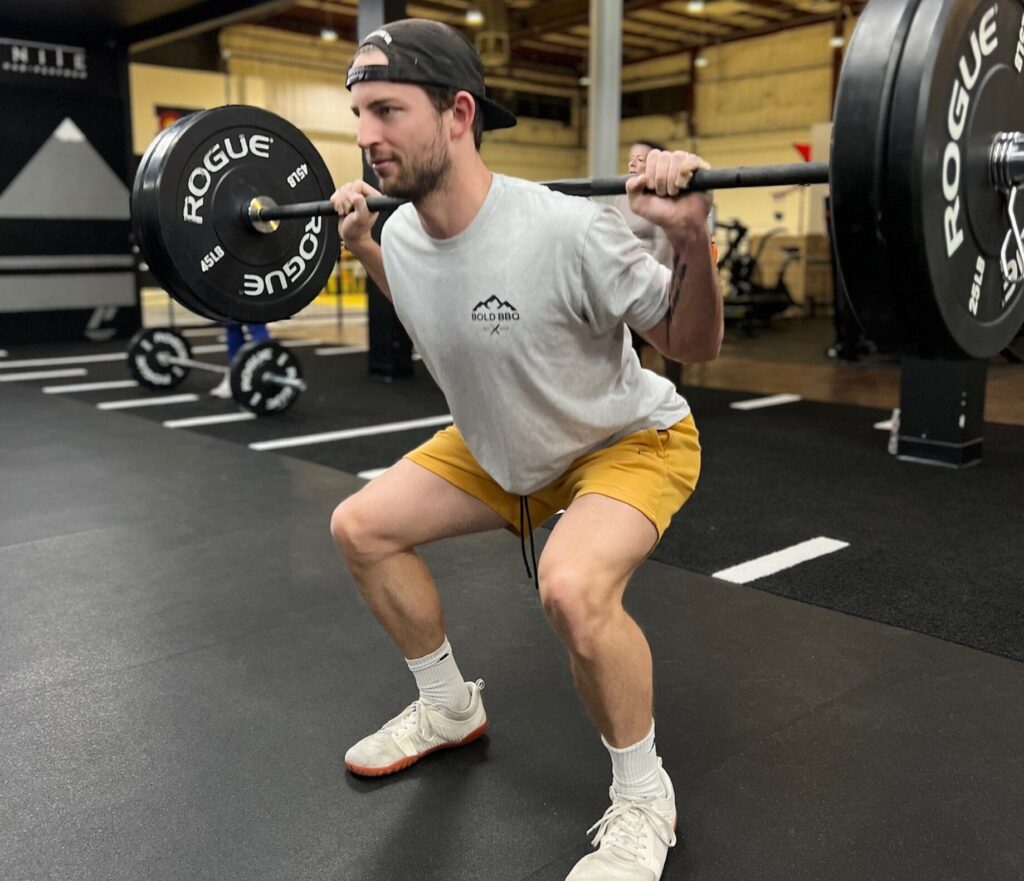
UNITE.rehab.perform
Denver's Best Sports Physical Therapy
Training Smarter:
Why strength work is essential for runners, lifters, and athletes of all levels
Why Strength Training Is The Key To Long-Term Performance
Strength training isn’t just for bodybuilders—it’s a game-changer for runners, endurance athletes, and anyone looking to optimize performance. While sport-specific training is essential, incorporating strength work into your routine enhances power, endurance, and injury resilience.
The Role of Strength in Endurance Sports
Many endurance athletes worry that lifting weights will slow them down or bulk them up. The truth? Strength training build the muscular efficiency needed for stamina and speed. Runners develop stronger strides, cyclists gain power output, and swimmers improve stroke efficiency. The right approach to strength training enhances your ability to generate force, improves neuromuscular coordination, and boosts your overall athletic performance.

Injury Prevention Through Strength
Repetitive motion in endurance sports often leads to overuse injuries, such as shin splints, runner’s knee, and tendonitis. Strength work helps prevent these by:
- Improving Joint Stability – Stronger muscles around the joints create better support and reduce stress.
- Correcting Imbalances – Addressing weaknesses between dominant and non-dominant sides prevents compensatory patters that lead to injuries.
- Enhancing Movement Mechanics – Better biomechanics lead to more efficient movement, reducing wear and tear over-time.

The Bottom Line How To Incorporate Strength Training
Each athlete has unique needs, but these general guidelines can help you integrate strength work effectively:
- Runners: Focus on single-leg strength, core stability, and explosive movements like jumps and sled pushes to enhance power.
- Lifters: Balance heavy lifting with mobility work to maintain movement efficiency and reduce stiffness.
- Team Sport Athletes: Use a mix of strength and agility training to improve acceleration, deceleration, and injury resilience.
The Bottom Line
Strength training is the missing link for many athletes. A well-rounded program that includes both sport-specific and strength-based training will not only improve performance but also reduce injury risk. Don’t skip it—embrace it for long-term athletic success!
– Dr. Victoria Riester, PT, DPT
©2020-2025 UNITE.rehab.perform LLC. All rights reserved.
UNITE.rehab.perform does not provide medical advice, diagnosis, or treatment through this website or related content. See additional information.